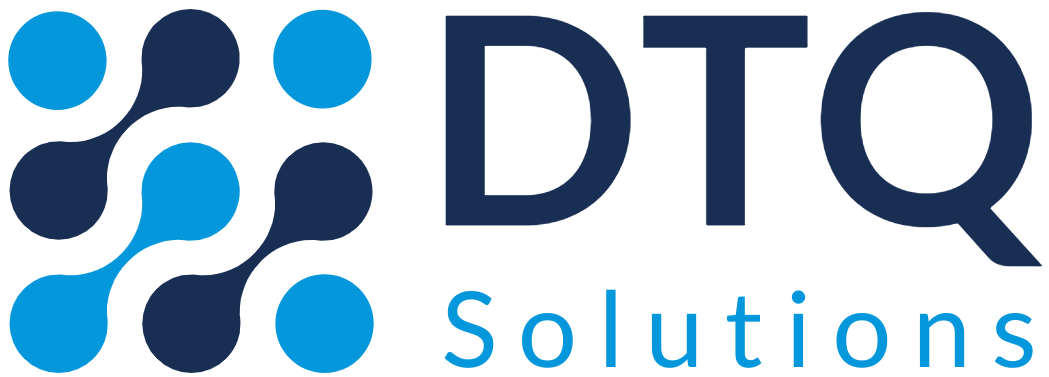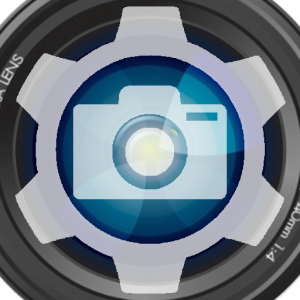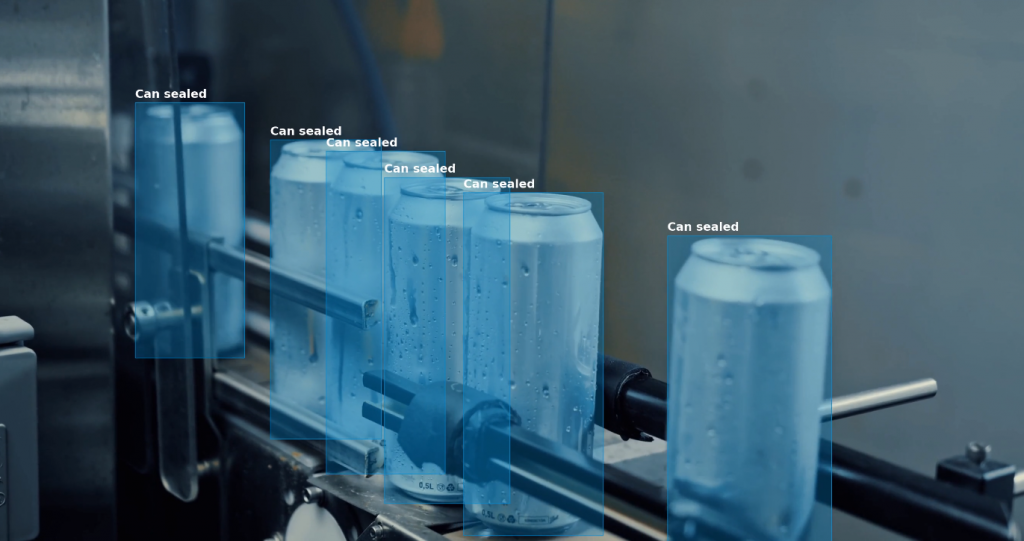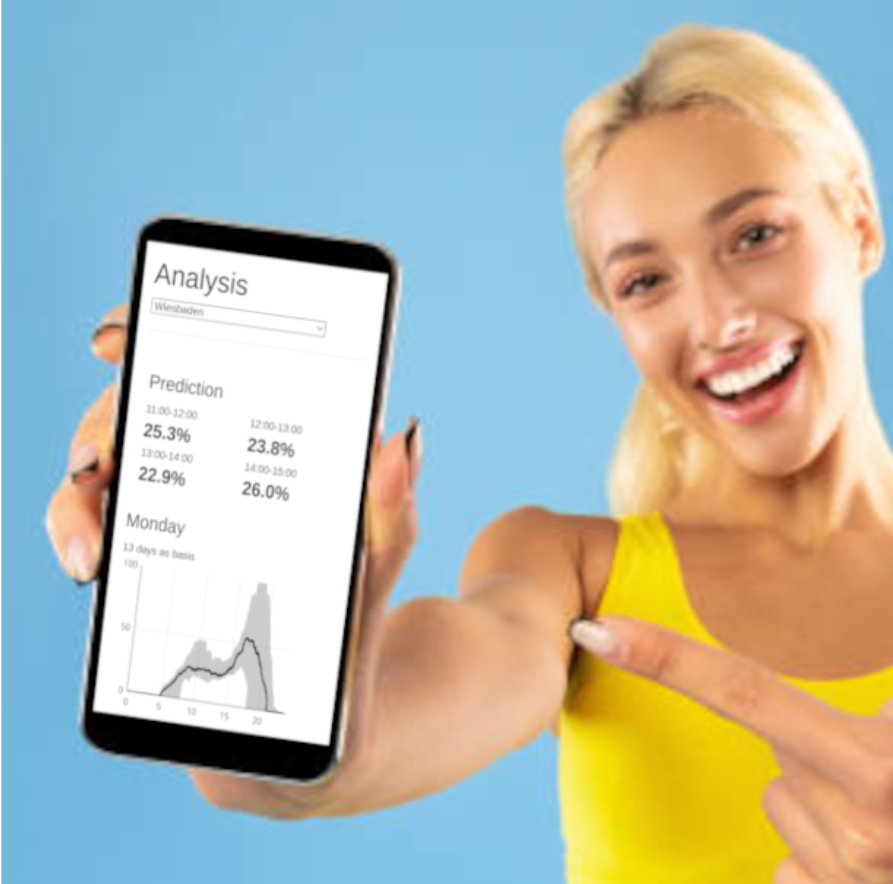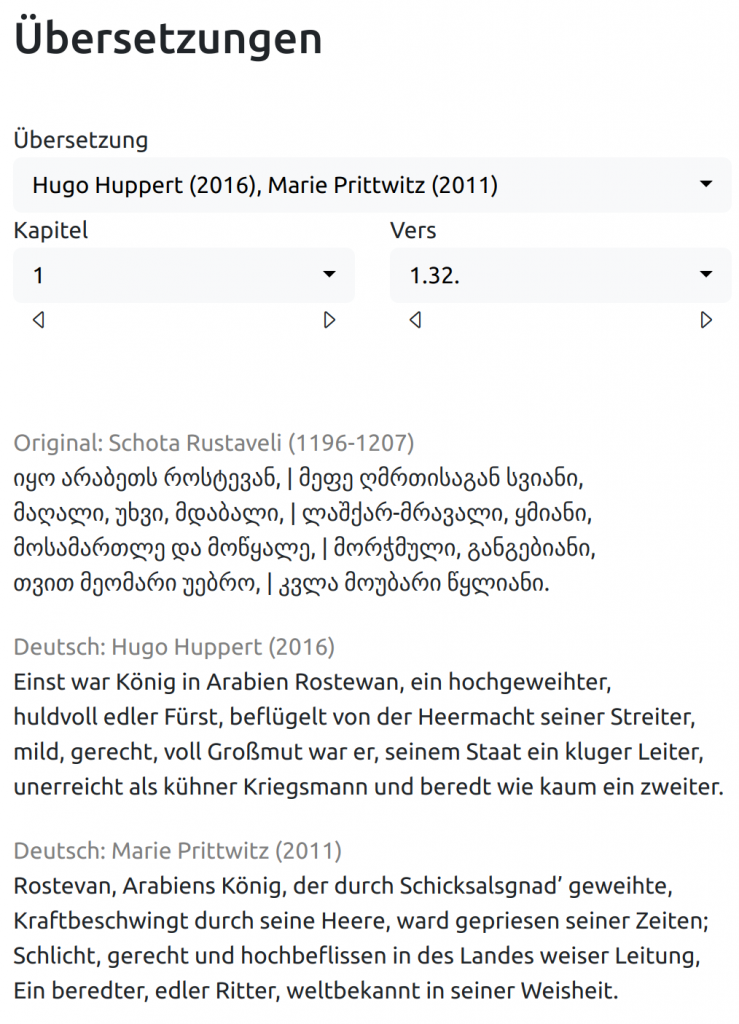Android cellphones offer APIs for the camera, and depending on the support-level of the pipeline, one can set exposure-values, whitebalance, focus etc., and expect a specific number of frames per second.
This database is the most comprehensive one, containing the camera2 pipelines capabilites of Android mobile phones. We developed an Android application that is able to read every supported camera2 API function on the cellphone itself, and put it in the android playstore with an option to send these values to us.
Computer vision enables contactless analysis of the image content through the algorithmic processing of digital images. Objects can be detected, classified, tracked and measured using photogrammetry. Not only ordinary color images from RGB cameras can be used, but also any imaging method – e.g. X-rays or spectral recordings.
The advantages are obvious – with the help of computer vision and artificial intelligence/machine learning, a large number of tasks that previously had to be carried out manually can now be automated, along with increased quality and higher throughput.
A reliable and modern utilization forecast,
to be able to plan visits even better.
We offer you real-time API retrieval of your utilization data and forecasts or the simple integration of pre-generated visualizations.
Together we can not only offer your customers a static insight into the current utilization, but much more: a reliable utilization information system based on the latest methods of artificial intelligence.
Shota Rustaveli’s Knight in the Panther’s Skin (Vepxisṭq̇aosani), widely recognized as the national epic of Georgia and inscribed on the UNESCO World Heritage List since 2013, is a remarkable work in many respects.
It has so far been translated into 16 different languages in 25 versions and is therefore an ideal corpus for linguistic analysis. In the “Rustaveli goes digital” project, these translations were parallelized and aligned in order to be able to compare individual text passages from the different versions with each other.
DTQ Solutions was responsible for data processing and full-stack development of the web application.
In this customer project, an event-driven program for retrieving and analyzing external data was developed. The data is obtained from various public sources.
The customer can use configuration entries to set the source system to be queried. Depending on the configuration, data is retrieved cyclically or event-driven via API, web sockets and webhooks.
The information obtained is filtered using rules. These are configurable and can trigger further actions. The processed data is imported into a database and further processed by an existing customer system.
